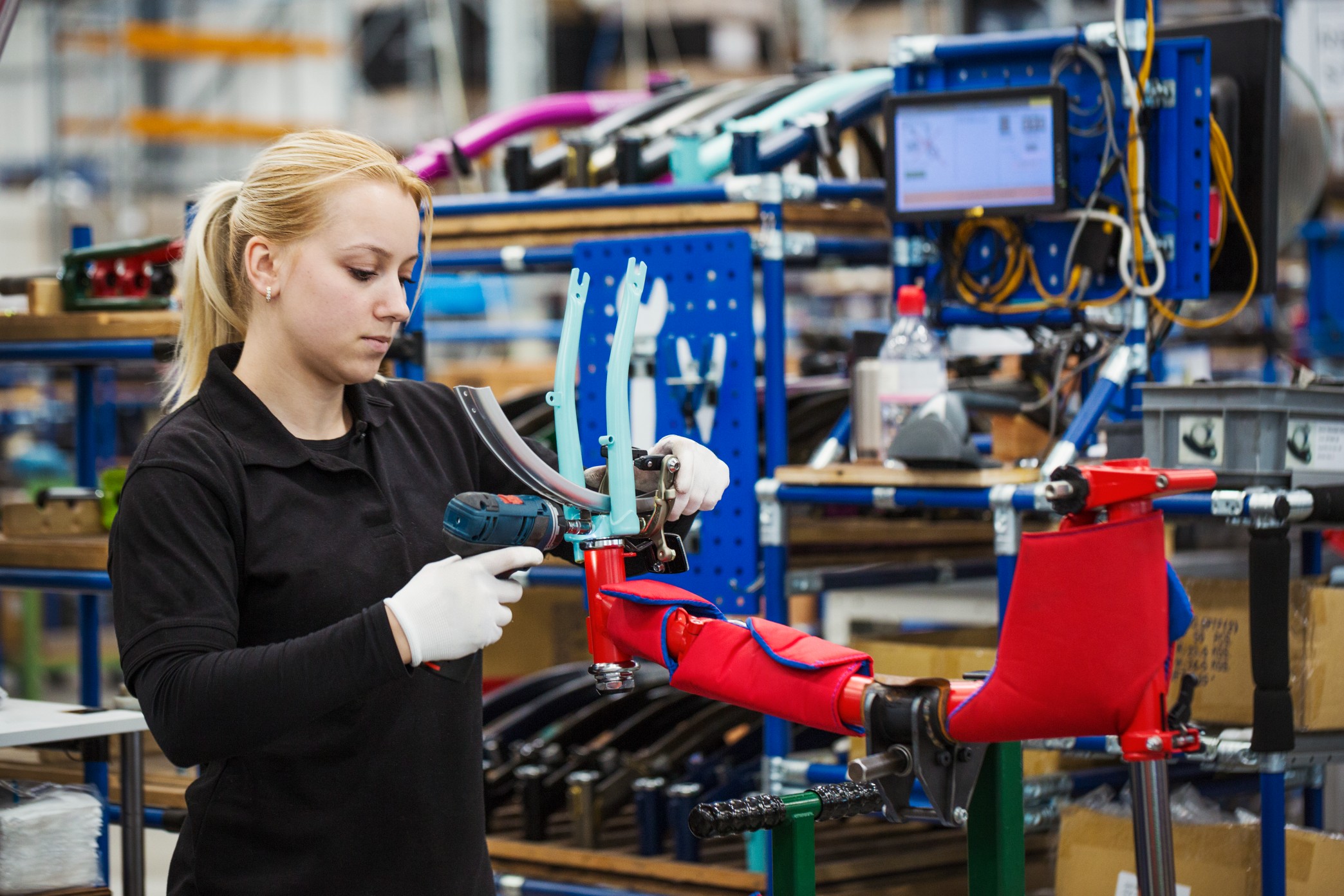Introduction: The Tightrope Walk of Cost and Quality
For automotive manufacturers, reducing production costs has always been a priority. However, the challenge has intensified as modern consumers demand higher-quality features, advanced technologies, and sustainability in their vehicles. How do manufacturers meet these demands without inflating costs?
This article explores strategies, technologies, and the role of Virtual Delivery Centers (VDCs) in helping automotive manufacturers reduce production costs while maintaining top-tier quality.
1. The Cost-Quality Conundrum in Passenger Vehicles
Modern passenger vehicles combine innovation, comfort, and safety, but these features drive up production costs.
Manufacturers face challenges such as:
-
Material Costs: Premium materials like aluminum and high-strength steel enhance performance but are expensive.
-
Technological Upgrades: Features like ADAS and infotainment systems require advanced engineering and electronics.
-
Labor and Energy Costs: Rising wages and energy expenses further strain budgets.
Anecdote: A top automaker reported that shifting to premium materials for safety improvements increased its production costs by 15%, forcing a reevaluation of its supply chain.
2. Lean Manufacturing: Doing More with Less
Lean manufacturing is key to cost optimization while maintaining quality:
-
Just-in-Time (JIT) Inventory: Minimizes storage costs and reduces material waste.
-
Automation: Robotic assembly lines enhance precision and reduce errors.
Example: Toyota’s JIT model revolutionized manufacturing efficiency, saving billions while improving production speed.
3. Advanced Materials: Lighter, Stronger, and Cost-Effective
Material innovation plays a pivotal role in balancing cost and performance:
-
Recycled Composites: Provide lightweight options that are eco-friendly and budget-conscious.
-
Modular Components: Simplify assembly processes, cutting reconfiguration expenses.
Case Study: An automaker adopted modular dashboards, cutting assembly time by 20% and saving millions in labor costs.
4. Embracing Automation and Robotics
Automation has reshaped manufacturing with:
-
Collaborative Robots (Cobots): Perform precision tasks, reducing labor costs and errors.
-
AI-Powered Quality Checks: Detect defects in real time, reducing rework expenses.
Anecdote: BMW’s use of cobots in dashboard assembly improved precision and reduced defect rates by 25%.
5. Digital Twins: Simulating Success Before It’s Realized
Digital twins—virtual replicas of manufacturing processes—enable:
-
Pre-emptive Testing: Identify inefficiencies without disrupting operations.
-
Enhanced Design: Test material placement and assembly flows digitally.
Example: Volkswagen saved millions by optimizing its assembly lines using digital twins before launching new vehicle models.
6. Virtual Delivery Centers: A Scalable Solution for Cost Optimization
Virtual Delivery Centers (VDCs) provide automotive manufacturers with on-demand resources to address cost challenges:
-
Specialist Access: AI, robotics, and material experts collaborate virtually to design and implement cost-saving strategies.
-
Agile Operations: Scale resources up or down based on project demands without permanent overhead.
-
Global Collaboration: Leverage a global talent pool to innovate and resolve bottlenecks efficiently.
Case Study: A leading automaker partnered with a VDC to implement AI-powered predictive maintenance across its plants, reducing downtime by 30% and saving millions annually.
7. Sustainability: Efficiency Meets Responsibility
Sustainability is more than a trend; it’s a cost-saving opportunity:
-
Zero-Waste Practices: Recycle manufacturing byproducts to reduce raw material needs.
-
Energy Optimization: Shift to renewable energy sources in factories.
Example: A solar-powered plant reduced energy expenses by 15% while achieving sustainability milestones.
8. The Role of AiDOOS in Reducing Costs
AiDOOS’s Virtual Delivery Center provides automotive manufacturers with tailored solutions:
-
AI-Driven Tools: Predict material needs and optimize production schedules.
-
On-Demand Experts: Access specialists for lean manufacturing, digital twins, and automation.
-
Global Reach: Tap into a global network of experts to address specific production challenges.
Conclusion: Innovate Efficiently to Lead the Market
Reducing production costs while maintaining quality is achievable with the right strategies and tools. By combining lean manufacturing, advanced materials, automation, and Virtual Delivery Centers like AiDOOS, automotive manufacturers can innovate without compromise.

